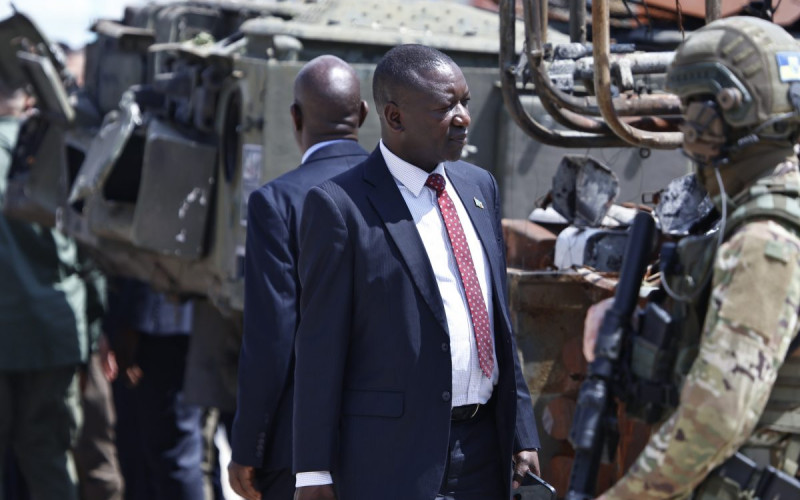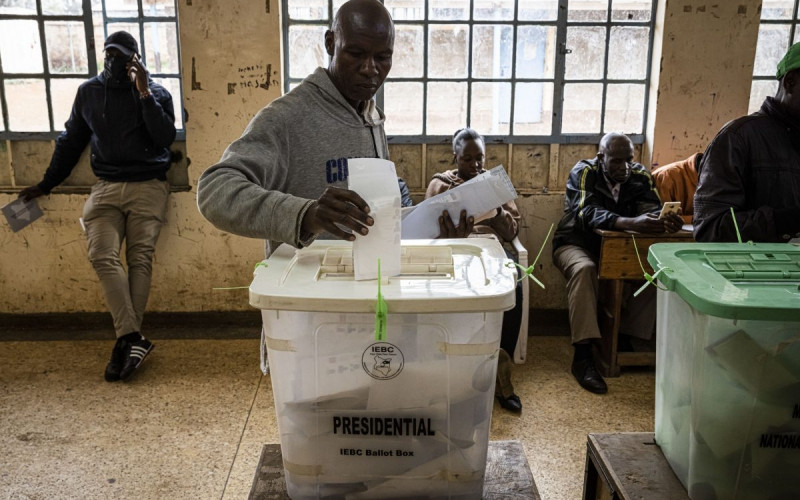The authors are academics and practitioners involved in studying and implementing this voluntary African-owned governance improvement initiative. They are well-suited to provide both the breadth of scope and depth of understanding of the processes of the APRM and its thematic content, as well as the dynamics of relationships among governments and civil society groups.
The volume is a welcome contribution to the growing literature on the APRM, and the first to seek to document and analyse the role, place and experiences of civil society in the APRM so far. It is set against two major considerations. First, the evolutionary juncture that the Mechanism finds itself today, with 30 of 52 African Union (AU) members having acceded and with first reviews having been successfully mounted in over half of these (16 of 30).1 This critical mass provides sufficient experiences to give credence to analysis, draw lessons and an opportunity to move analyses from concept and process to impact and relevance. Second, this volume situates the experiences of civil society in the APRM within a larger historical context of African initiatives on governance, as particularly grounded in the African Charter on Popular Participation of 1990.
This is the main anchor and major contribution that Peering the Peers brings to the APRM: the question of meaningful participation of civil society in the APRM based on an agreed continental platform. The contributions in the book probe this in various ways, from looking at structures, processes and issues that civil society engaged, to whether the voices of their constituencies were reflected in the products of the process.
The first part (of three) of the book, with chapters discussing the origins and historical progression of the APRM, while central as an introduction to the analysis, is both inconsistent in terms of the material and issues it addresses, and at points repetitive between chapters. The chapters by Kojo Busia and Grant Masterson directly address the place and role of civil society within the APRM, and provide valuable background to the evolution and workings of the APRM. But the chapter by Afeikhena Jerome, while providing a useful overview of the APRM and how the system works, hardly touches on the core theme of the collection – the roles of civil society. In short, this chapter is misplaced, and what it provides could have been integrated into the Busia chapter.
Next are comparative analyses of civil society engagement in three of the four subject areas of the APRM. The lack of a chapter on the fourth major area of APRM inquiry – corporate governance – is glaring, and regrettable. It means the voice of actors in this key area is absent. It risks perpetuating the silo mentality that has characterised how Africa deals with governance issues. This is important to work against, given the skepticism that underlies state-civil society relations in many countries. The “specialised” and “non-public” nature of corporate governance material tends to lend itself to isolation from both state and other elements of civil society.
Peering the Peers is a welcome contribution to the growing literature on the APRM. It presents a critical review of the place and function of civil society in the APRM, from experts with different vantage points. All have been intimately involved in the process – officials at the Continental Secretariat, the strategic partners’ perspectives from the UNDP and UNECA, and the analytical and practical perspectives of academics and policy think-tanks. It’s a pity that, with the exception of Steven Gruzd’s contribution, the chapters fail to relate the direct experiences of CSOs “in their own words” – and the views of governments.
The book reinforces the view that the APRM is more than just process and plans – it is a living political exercise, in the sense of the relationships and dealings of various groups seeking to articulate their interests in the public sphere. By sharing country experiences, it should foster peer learning and the reinforcement of good practices – and that is what the APRM itself is about.
Finally, the questions that the book poses, including whether civil society has so far been an effective partner and participant in the APRM, should continue to be posed. This book contributes positively to understanding what the APRM is, and how it got to where it is, and identifying possibilities of taking it forward, particularly by enhancing civil society’s input and impact.
However, Peering the Peers remains an academic exercise, presenting more the voices of researchers and analysts than the voices of civil society itself. This is the main weakness of the volume, and one wonders how many CSOs will find in it practical insights that could help improve them how they work with governance issues.
(Published by EISA: Johannesburg, 2010); 226 pages.
- Although they have not yet been reviewed, three countries (Ethiopia, Tanzania and Zambia) were, at the time of writing, well-advanced in their first reviews, with the possibility that one or all of them would be reviewed at the AU Summit in January 2011.







